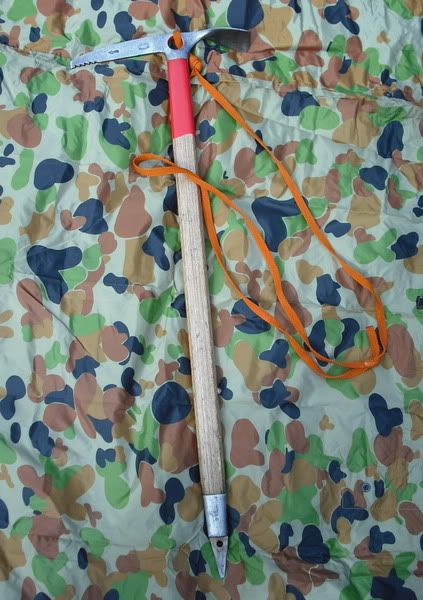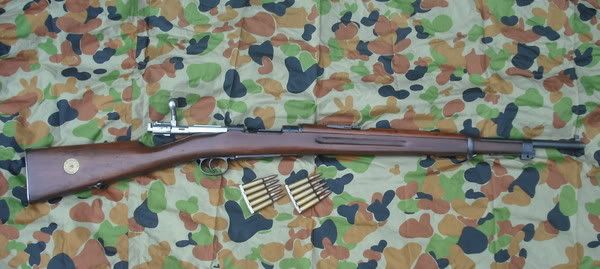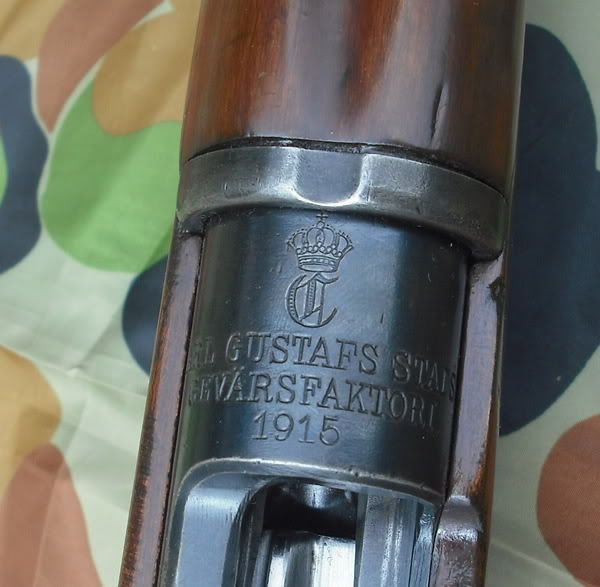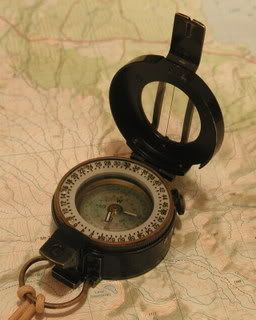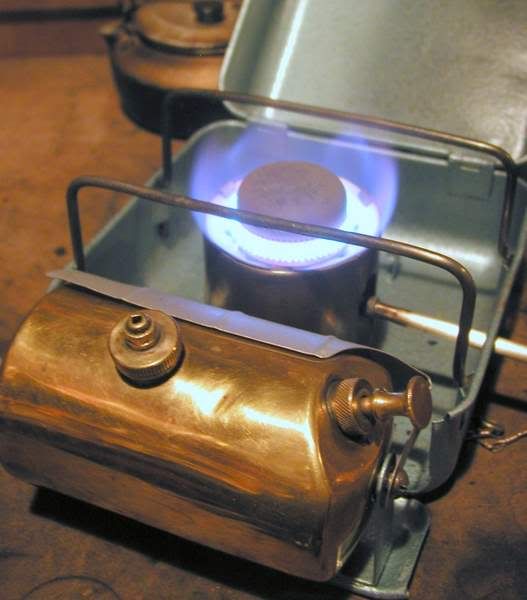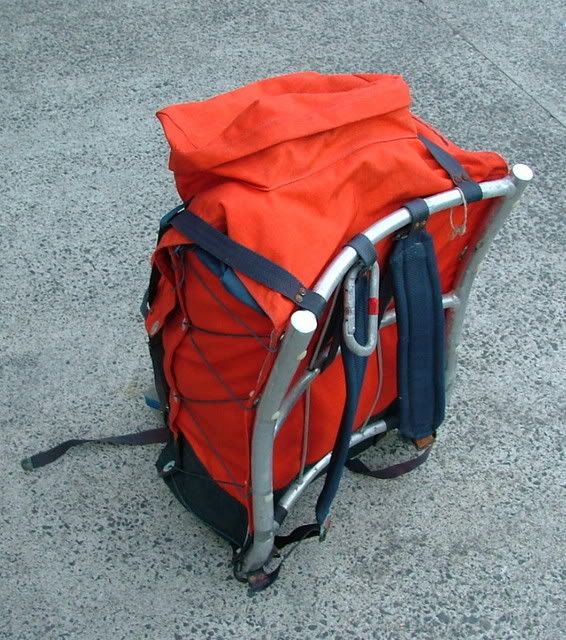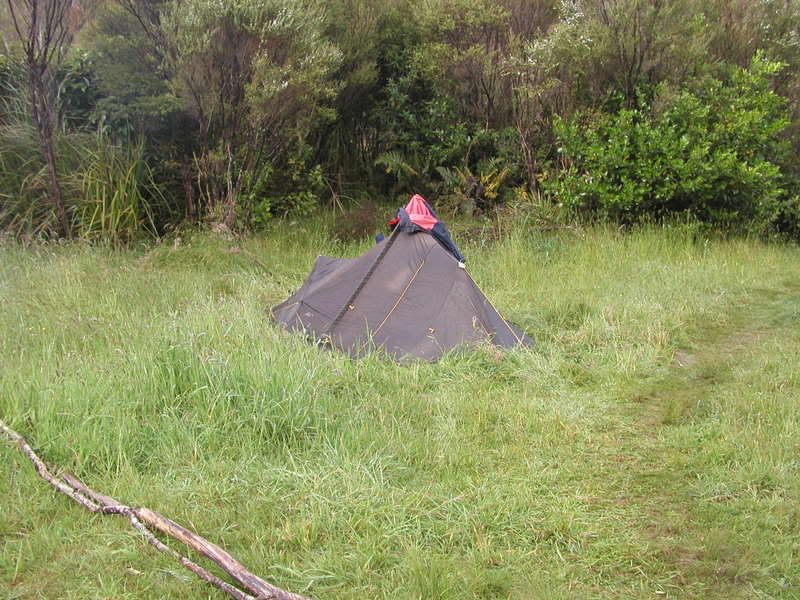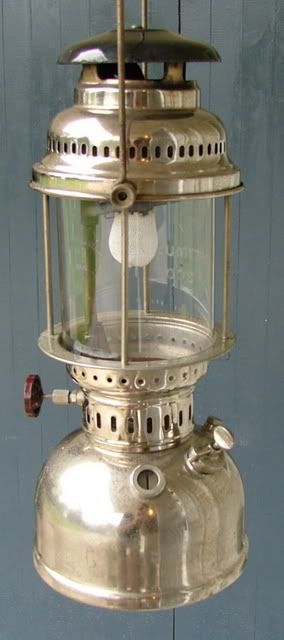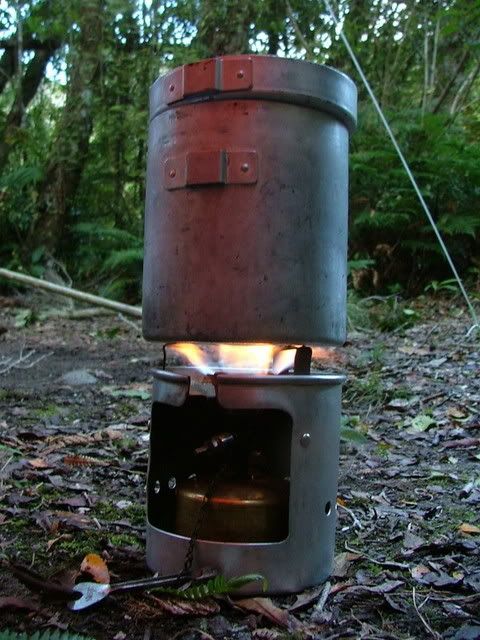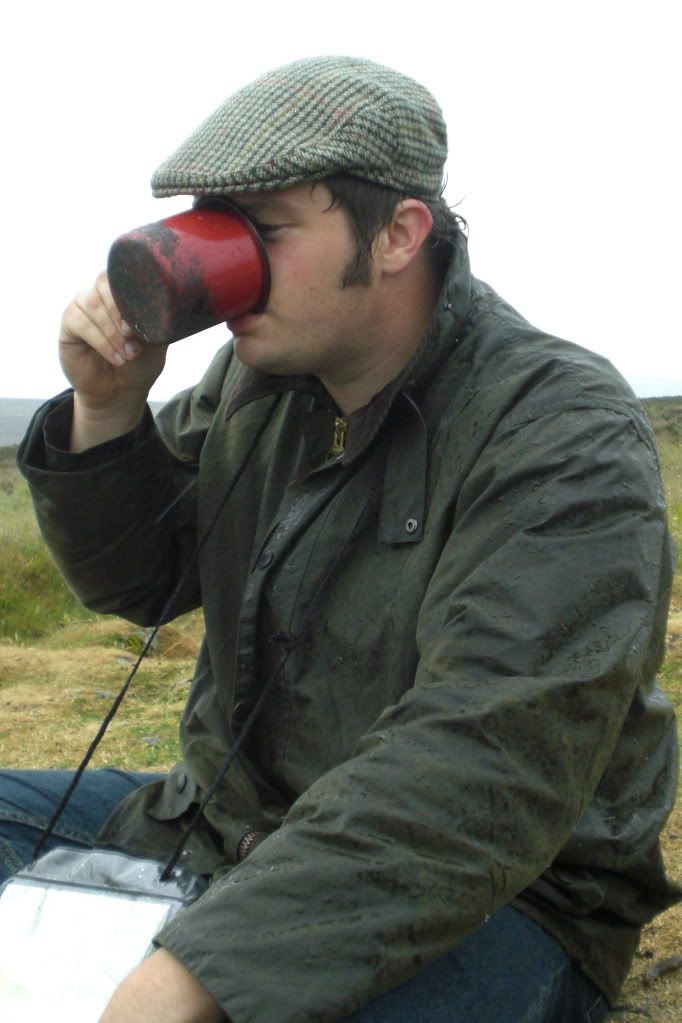Last week I went to buy a mountain bike for my middle son. The man at the bike shop suggested I come back in a few weeks, when the 2011 models would be available. The 2010 versions are apparently now obsolete.
We are constantly pressured to buy the latest improved product. Perhaps for technological items like computers the concept might be valid - two years ago I bought an Elecraft K3 ham radio transceiver, which at the time had the best receiver in the world, in terms of technical specification. Today it is the third best.
Technology moves on, and certainly in some cases, new is better. I would not swap my modern LED torch for an inefficient, less bright, less reliable torch with an incandescent bulb. But are we sometimes being fooled by marketing hype? Can you enjoy the outdoors with obsolete kit? Lets look at some gear that is old, but good.
First up, the Marbles matchcase.
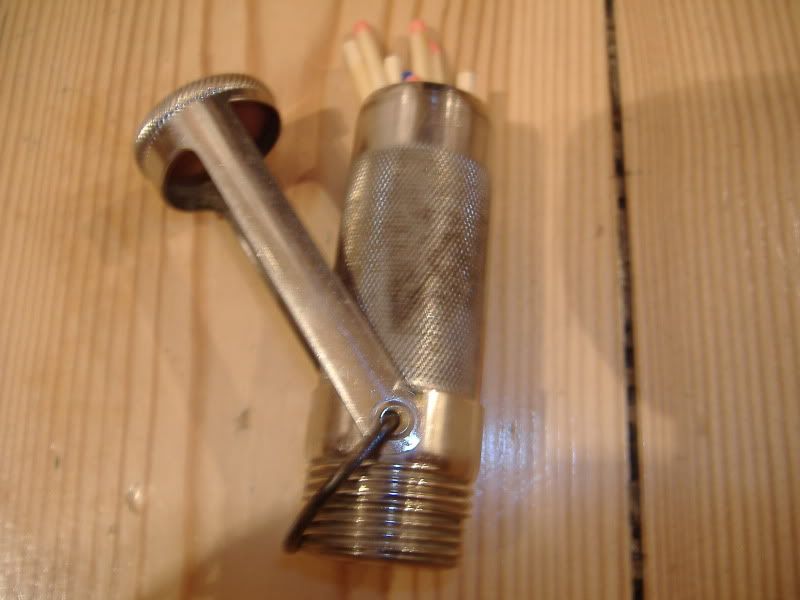
I know this design is 110 years old, because the patent date of 1900 is engraved on the base. This particular example is only 40 years old or so. It is an elegant design, as you cannot lose the captive lid, and it is truly waterproof - I have fallen out of my canoe with it, and it has not failed me. Cal Rutstrum recommended it in The New Way of the Wilderness fifty years ago and I recommend it today. You can buy Chinese copies, but a genuine used Marbles from US eBay wont cost you much more, and is a potent symbol of outdoor life.
Next, the BSA CF2 Centrefire rifle
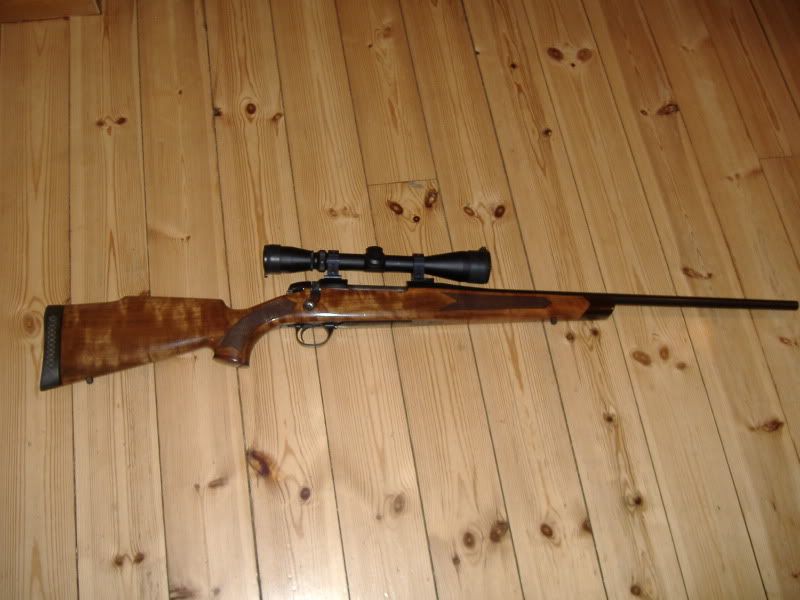
This is around 35 years old, but is based on the old BSA Monarchs and Majestics of the 1950s/1960s, as used by the Forestry Commission for deer control in those days- they replaced the Lee Enfield in this role. (The basic design of the BSA is of course the century old Mauser bolt action!)
This example is in .270 Winchester calibre - many professionals prefer this calibre for Red deer, just as Col Townsend Whelan was favouring it in the 1920s/30s). The makers tag advised me that it would shoot a 1.5 inch group at 100 yards- respectable, though not stunning. Maybe ammunition has improved since the 1970s, but today it reliably shoots a 0.75 inch group at 100 metres- so we have a £200 obsolete British rifle that easily matches the modern foreign equivalents at four times the price.
Now, the classic smallbore rifle - the Czech CZ 452 in .22 Long Rifle Calibre
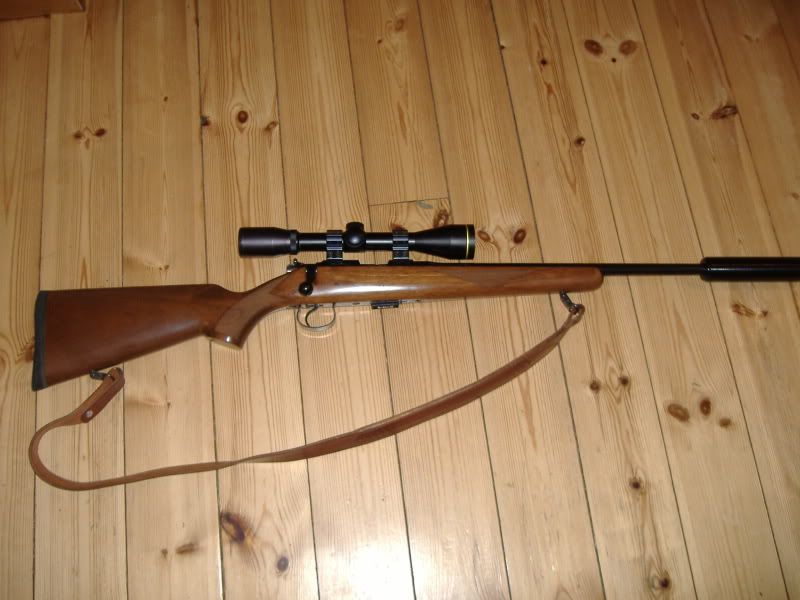
This example is current production, only three years old. But it is mechanically virtually identical to its predecessor, the BRNO Model 1, which was first made in 1943 as a smallbore copy of the German Mauser 98K rifle, as used by Hitlers stormtroopers. It has been a favourite of British sportsmen and gamekeepers for decades. More money will buy you a prettier rifle, but not a more accurate one. On a still day, it will shoot 0.5 inch groups at 50 metres.
Next, the BSA Airsporter

Well, what can I say? First made, I think, in 1946. This is an S model from 25 years ago. The classic British sporting air rifle. It used to shoot one inch groups at 25m with near legal limit power. I fear it now needs a service, but parts are still available.
Now lets skip over the Atlantic to the US: the Marbles Hunter pin on compass
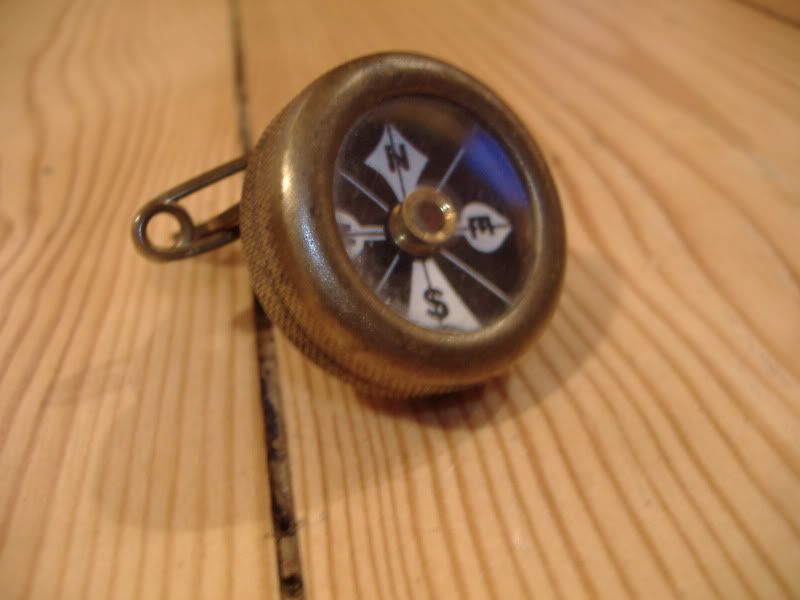
Another find from US eBay, 40 to 50 years old. Not suitable for precise bearings, but as a quick orientation it is excellent. The jewelled bearings still work smoothly after half a century.
Moving north to Canada, we have the Grohmann/Russell Belt Knife:

This example is only a few year old, but it has been in continuous production since 1957. Its antecedents may be even older. Hunters and trappers from Canada had input into the design -its sometimes called a Yukon knife. I slightly prefer the Grohmann #4 Boat knife which is quite similar. Long before Ray Mears was born, this tool rode on the hip of serious outdoorsmen across the Canadian wilderness.
South again, to Oregon: the Pendleton wool shirt:
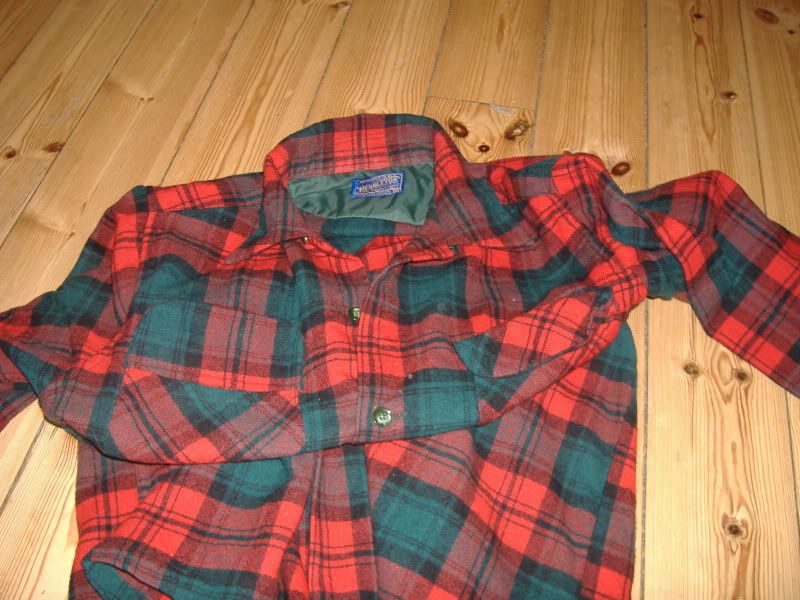
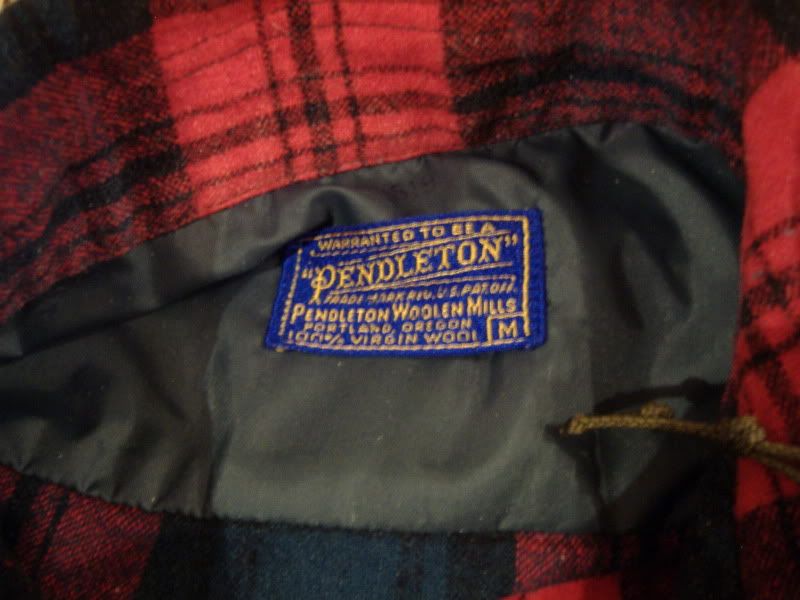
Pendleton Woollen Mills in Oregon has been making Indian trade blankets since 1909. Their outdoors plaid shirts are much more modern, having only been in production since 1924.
Although stupidly expensive if bought new, they are an excellent second hand buy (US eBay again) as they last almost forever- I have one that is forty years old. Thinner than a Swanndri, and therefore more versatile. Having suffered bleeding nipples from British army woollen shirts, I was surprised to find them very comfy against the skin. I guess forty years of washing makes them softer.
Staying in the US - the Bear Tigercat recurve bow:
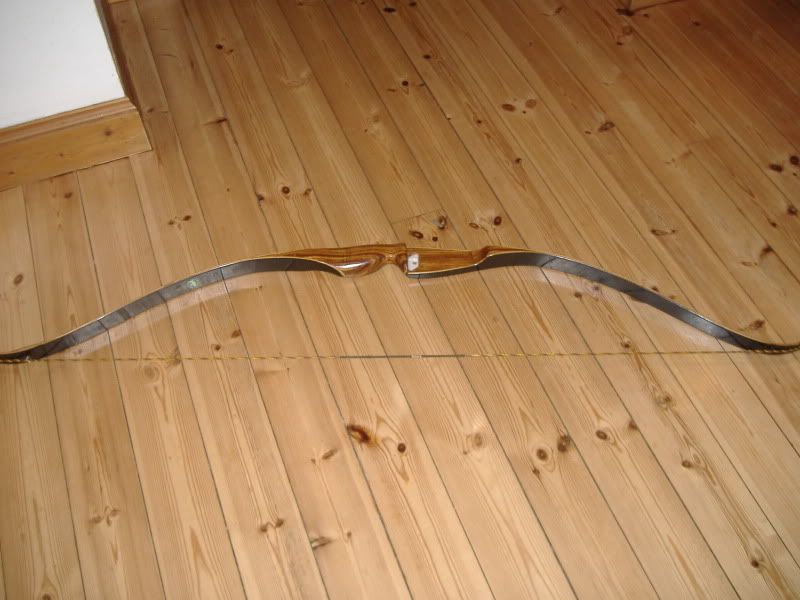
Made in 1968, and intended for bow hunting. Legendary outdoorsman Fred Bear founded the Bear Archery company, and sold many laminated glass/maple recurve bows like this. In the 1970s the compound bow came along, and American bowhunters ditched their recurve bows. Now they are becoming collectable. It still shoots great after 42 years.
Lastly, from that workers paradise- the Democratic Peoples Republic of East Germany- the Zeiss Jena8x30 binoculars.
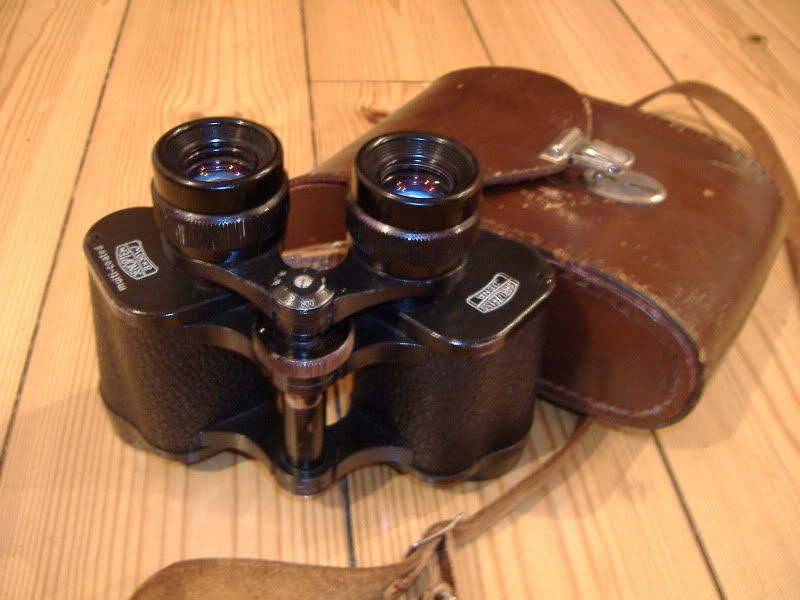
These look like the wartime Zeiss binoculars but are 8x30, not 6x30, and have multi layer coatings which greatly improve brightness. They are porroprism design, which avoids the phase errors which affected early roof prism binoculars. The East Germans sold many pairs in the 1960s-1980s and even today they perform respectably, and are very lightweight. Not armoured, but the design is intrinsically robust. The risk in buying is that they may have lens scratches, lens fungus, miscollimation, or may be a Japanese fake. However, if you look carefully, you can get a good pair with case for £40 or so. Older versions with single layer lens coatings are not quite as good. The Russians made copies which go for much lower prices, but are nevertheless high quality in optical terms.
So there we go. Dont be fooled by the advertising men. The older gear may be less glossy, heavier, and nowadays unfashionable. But it lasts, and still works as well today as it did in the past.
We are constantly pressured to buy the latest improved product. Perhaps for technological items like computers the concept might be valid - two years ago I bought an Elecraft K3 ham radio transceiver, which at the time had the best receiver in the world, in terms of technical specification. Today it is the third best.
Technology moves on, and certainly in some cases, new is better. I would not swap my modern LED torch for an inefficient, less bright, less reliable torch with an incandescent bulb. But are we sometimes being fooled by marketing hype? Can you enjoy the outdoors with obsolete kit? Lets look at some gear that is old, but good.
First up, the Marbles matchcase.

I know this design is 110 years old, because the patent date of 1900 is engraved on the base. This particular example is only 40 years old or so. It is an elegant design, as you cannot lose the captive lid, and it is truly waterproof - I have fallen out of my canoe with it, and it has not failed me. Cal Rutstrum recommended it in The New Way of the Wilderness fifty years ago and I recommend it today. You can buy Chinese copies, but a genuine used Marbles from US eBay wont cost you much more, and is a potent symbol of outdoor life.
Next, the BSA CF2 Centrefire rifle

This is around 35 years old, but is based on the old BSA Monarchs and Majestics of the 1950s/1960s, as used by the Forestry Commission for deer control in those days- they replaced the Lee Enfield in this role. (The basic design of the BSA is of course the century old Mauser bolt action!)
This example is in .270 Winchester calibre - many professionals prefer this calibre for Red deer, just as Col Townsend Whelan was favouring it in the 1920s/30s). The makers tag advised me that it would shoot a 1.5 inch group at 100 yards- respectable, though not stunning. Maybe ammunition has improved since the 1970s, but today it reliably shoots a 0.75 inch group at 100 metres- so we have a £200 obsolete British rifle that easily matches the modern foreign equivalents at four times the price.
Now, the classic smallbore rifle - the Czech CZ 452 in .22 Long Rifle Calibre

This example is current production, only three years old. But it is mechanically virtually identical to its predecessor, the BRNO Model 1, which was first made in 1943 as a smallbore copy of the German Mauser 98K rifle, as used by Hitlers stormtroopers. It has been a favourite of British sportsmen and gamekeepers for decades. More money will buy you a prettier rifle, but not a more accurate one. On a still day, it will shoot 0.5 inch groups at 50 metres.
Next, the BSA Airsporter

Well, what can I say? First made, I think, in 1946. This is an S model from 25 years ago. The classic British sporting air rifle. It used to shoot one inch groups at 25m with near legal limit power. I fear it now needs a service, but parts are still available.
Now lets skip over the Atlantic to the US: the Marbles Hunter pin on compass

Another find from US eBay, 40 to 50 years old. Not suitable for precise bearings, but as a quick orientation it is excellent. The jewelled bearings still work smoothly after half a century.
Moving north to Canada, we have the Grohmann/Russell Belt Knife:

This example is only a few year old, but it has been in continuous production since 1957. Its antecedents may be even older. Hunters and trappers from Canada had input into the design -its sometimes called a Yukon knife. I slightly prefer the Grohmann #4 Boat knife which is quite similar. Long before Ray Mears was born, this tool rode on the hip of serious outdoorsmen across the Canadian wilderness.
South again, to Oregon: the Pendleton wool shirt:


Pendleton Woollen Mills in Oregon has been making Indian trade blankets since 1909. Their outdoors plaid shirts are much more modern, having only been in production since 1924.
Although stupidly expensive if bought new, they are an excellent second hand buy (US eBay again) as they last almost forever- I have one that is forty years old. Thinner than a Swanndri, and therefore more versatile. Having suffered bleeding nipples from British army woollen shirts, I was surprised to find them very comfy against the skin. I guess forty years of washing makes them softer.
Staying in the US - the Bear Tigercat recurve bow:

Made in 1968, and intended for bow hunting. Legendary outdoorsman Fred Bear founded the Bear Archery company, and sold many laminated glass/maple recurve bows like this. In the 1970s the compound bow came along, and American bowhunters ditched their recurve bows. Now they are becoming collectable. It still shoots great after 42 years.
Lastly, from that workers paradise- the Democratic Peoples Republic of East Germany- the Zeiss Jena8x30 binoculars.

These look like the wartime Zeiss binoculars but are 8x30, not 6x30, and have multi layer coatings which greatly improve brightness. They are porroprism design, which avoids the phase errors which affected early roof prism binoculars. The East Germans sold many pairs in the 1960s-1980s and even today they perform respectably, and are very lightweight. Not armoured, but the design is intrinsically robust. The risk in buying is that they may have lens scratches, lens fungus, miscollimation, or may be a Japanese fake. However, if you look carefully, you can get a good pair with case for £40 or so. Older versions with single layer lens coatings are not quite as good. The Russians made copies which go for much lower prices, but are nevertheless high quality in optical terms.
So there we go. Dont be fooled by the advertising men. The older gear may be less glossy, heavier, and nowadays unfashionable. But it lasts, and still works as well today as it did in the past.

